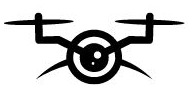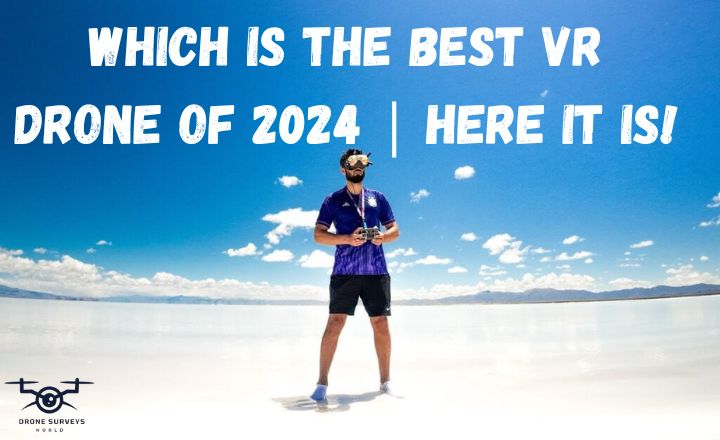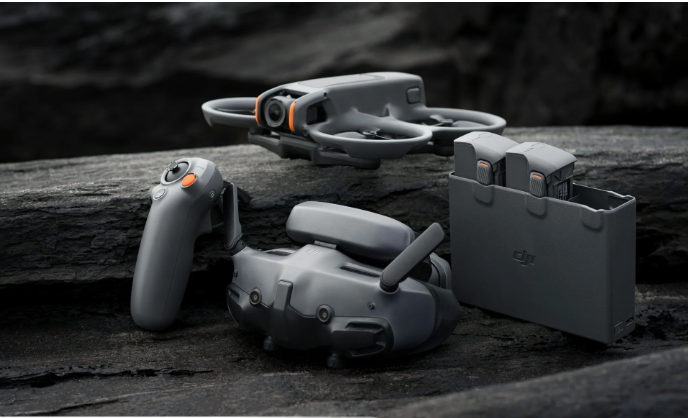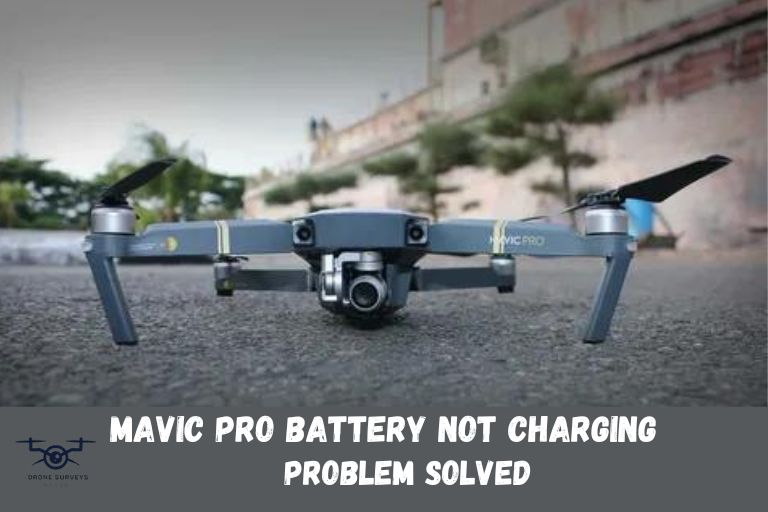FPV Drone Kits
Introduction
The world of First-Person View (FPV) drones is like nothing else—a perfect blend of high-speed excitement and cutting-edge technology. Whether you’re zipping through racecourses at breakneck speeds or flying leisurely to capture breath-taking aerial views, FPV drones bring you right into the heart of the action, offering an immersive flying experience. But before you can dive into this exhilarating world, you’ll need the right gear. That’s where FPV drone kits come into play. These kits provide everything you need to build your own FPV drone from scratch, giving you control over every aspect of your drone’s performance and design. In this article, we’ll explore the top FPV drone kits available, the essential components they include, tips for assembly, and what to consider when choosing the perfect kit for your needs.
What Is an FPV Drone Kit?
An FPV drone kit is essentially a bundle of all the parts you need to build your own FPV drone. These kits typically include a frame, motors, electronic speed controllers (ESCs), flight controllers, propellers, and often the FPV camera and video transmitter. Some kits are designed for beginners, offering easy assembly and pre-configured components, while others cater to more experienced pilots who want to customize their drone from the ground up.
Why Build Your Own FPV Drone?
Building your own FPV drone offers several advantages:
- Customization: You can choose components that fit your specific needs, whether it’s speed, agility, or camera quality.
- Learning Experience: Assembling a drone helps you understand how each part functions, making it easier to troubleshoot and repair your drone in the future.
- Cost-Effectiveness: Sometimes, building your own drone can be more cost-effective than buying a ready-to-fly (RTF) model, especially if you want high-end components.
Essential Components of an FPV Drone Kit
Before we dive into specific kits, let’s go over the key components you’ll find in most FPV drone kits:
- Frame: The skeleton of your drone, usually made from lightweight and durable materials like carbon fiber. The frame’s design will influence the drone’s agility and durability.
- Motors: These power your drone’s propellers. The number and type of motors depend on your drone’s design (most FPV drones are quadcopters with four motors).
- Electronic Speed Controllers (ESCs): These manage the power delivered from the battery to the motors, ensuring smooth and responsive flight.
- Flight Controller: The brain of your drone, this component manages the drone’s flight dynamics, including stabilization, orientation, and responsiveness.
- FPV Camera: Provides the live video feed that you see through your FPV goggles or monitor.
- Video Transmitter (VTX): Sends the live video feed from the FPV camera to your FPV goggles or monitor.
- Propellers: Responsible for generating lift. The size and pitch of the propellers will affect the drone’s speed and maneuverability.
- Battery: Powers all the electronic components of your drone. The choice of battery (typically LiPo) affects flight time and power.
- FPV Goggles/Monitor: Optional in some kits, but essential for FPV flying. These devices allow you to see the live feed from your drone’s camera.
Top FPV Drone Kits for Beginners and Pros

1. EMAX Tinyhawk II RTF Kit
- Best For: Beginners
- What’s Included: This ready-to-fly kit includes the Tinyhawk II drone, an FPV headset, a controller, and a battery.
- Why It’s Great: The Tinyhawk II is perfect for beginners because it’s small, durable, and easy to fly indoors or outdoors. The RTF kit means you don’t have to worry about assembly, so you can start flying right out of the box. It’s an excellent way to get into FPV flying without the initial complexity of building your own drone.

2. iFlight Nazgul5 V2
- Best For: Intermediate Pilots
- What’s Included: The Nazgul5 V2 kit typically includes the drone frame, motors, ESCs, and a flight controller. FPV gear like the camera and VTX are also included, but the kit requires some assembly.
- Why It’s Great: Known for its durability and performance, the Nazgul5 V2 is a favorite among intermediate pilots who want to step up from beginner drones. It offers a balance of speed, stability, and power, making it ideal for freestyle flying and racing.

3. Diatone Roma F5
- Best For: Advanced Pilots
- What’s Included: This kit includes a high-quality carbon fiber frame, top-tier motors, ESCs, a flight controller, and FPV components. However, this is a DIY kit that requires assembly.
- Why It’s Great: The Diatone Roma F5 is designed for those who want to build a top-tier FPV drone. It’s a powerful and versatile drone, perfect for both freestyle flying and cinematic FPV. The build process is more complex, making it ideal for experienced pilots who want to customize every aspect of their drone.

4. BetaFPV Advanced Kit 2
- Best For: Those looking for a comprehensive package
- What’s Included: The BetaFPV Advanced Kit 2 comes with everything you need, including the drone, FPV goggles, a controller, batteries, and even spare parts.
- Why It’s Great: This kit is a step up from basic beginner kits, offering more power and features while still being user-friendly. It’s a great option for pilots who are ready to move beyond the basics but aren’t quite ready to build a drone from scratch.
Tips for Assembling Your FPV Drone Kit
Building an FPV drone can be a rewarding experience, but it’s important to approach it methodically:
- Start with a Clear Workspace: Ensure you have a clean, organized space to build your drone. This will help you keep track of all the small parts and tools.
- Follow the Instructions: Most kits come with detailed instructions. Follow these carefully to avoid mistakes that could affect your drone’s performance.
- Take Your Time: Don’t rush the assembly. It’s better to take your time and get everything right than to make a mistake that could lead to costly repairs later on.
- Double-Check Connections: Before you power up your drone, double-check all the connections. Loose or incorrect connections can lead to malfunctions or damage.
- Use a Soldering Kit: Some components will require soldering, especially in more advanced kits. If you’re new to soldering, practice on some spare wires first to get the hang of it.
- Test Your Drone Before Flying: Once your drone is assembled, do a thorough test on the ground before taking it to the skies. This includes checking motor direction, calibrating the flight controller, and ensuring that the FPV feed is working correctly.
Where to Buy FPV Drone Kits
Finding the right FPV drone kit means choosing a reliable vendor. Here are a few trusted online stores:
- GetFPV: A popular choice for FPV enthusiasts, offering a wide range of kits and individual components.
- RaceDayQuads: Known for competitive pricing and fast shipping, with a strong selection of FPV gear.
- Banggood: Offers a variety of kits, often at lower prices, though shipping times can vary.
- Amazon: A convenient option with a range of beginner and intermediate kits, plus the benefit of fast shipping for many items.
Wrapping It Up
FPV drone flying is an exciting and rapidly growing hobby, offering a mix of speed, precision, and adrenaline. Whether you’re just starting out or you’re looking to build a high-performance drone from scratch, there’s an FPV drone kit that’s right for you. By understanding the essential components, choosing the right kit for your skill level, and following best practices for assembly, you’ll be well on your way to mastering the skies. So, what are you waiting for? Pick the perfect kit and get ready to experience the thrill of FPV flying!




